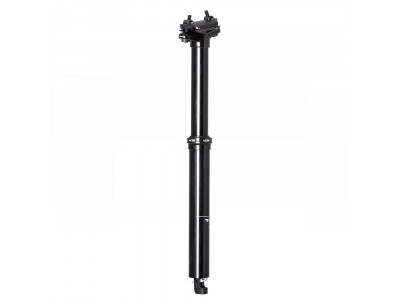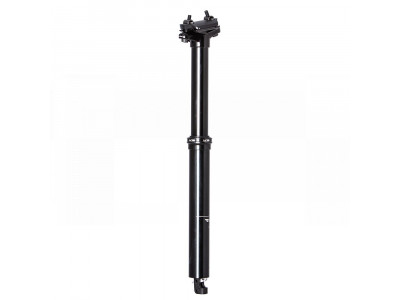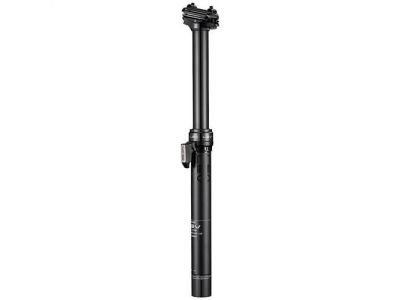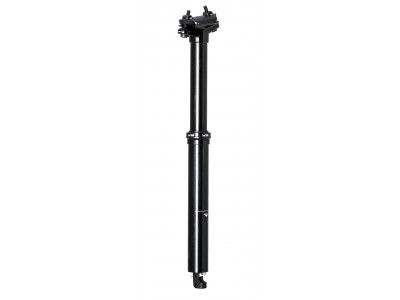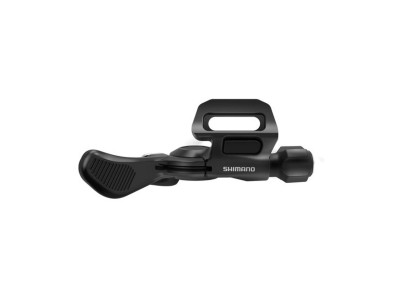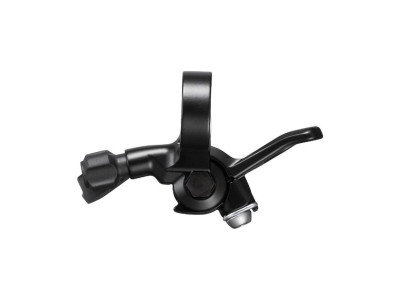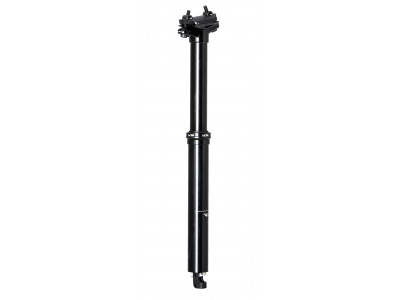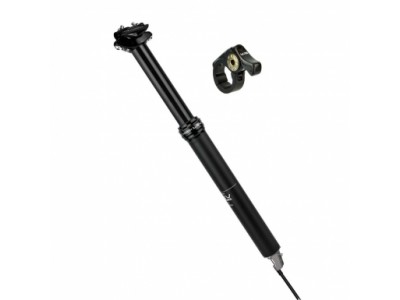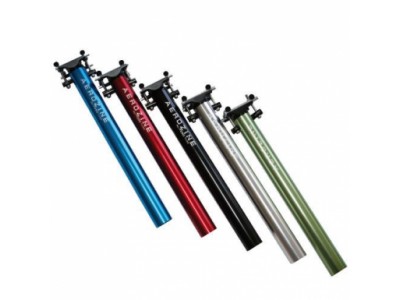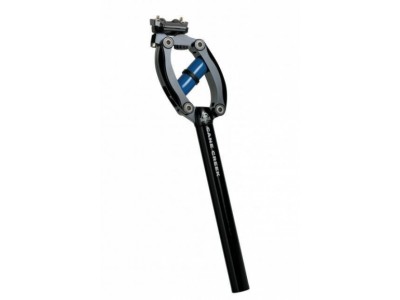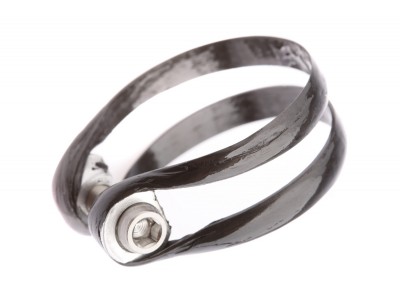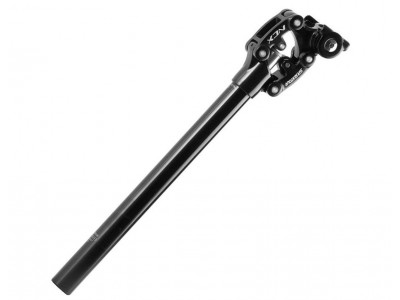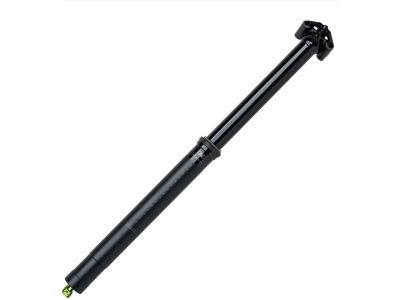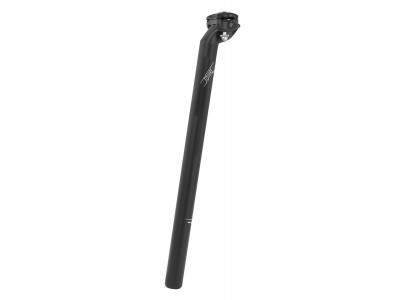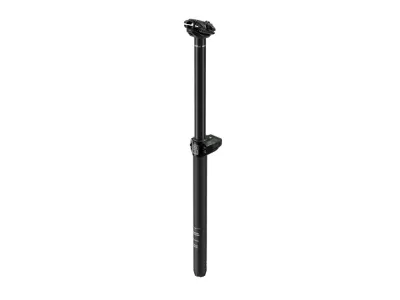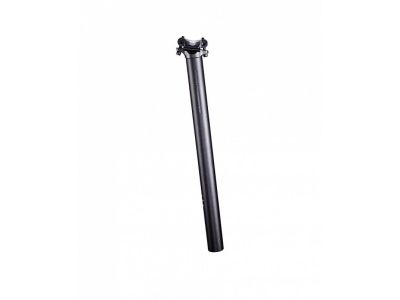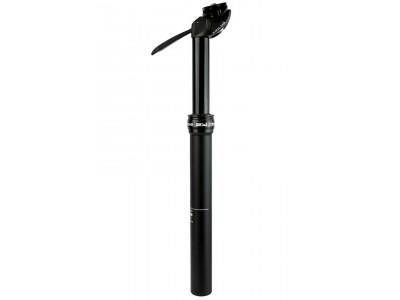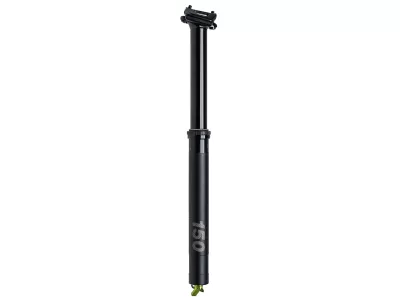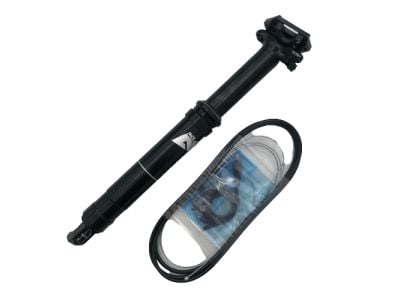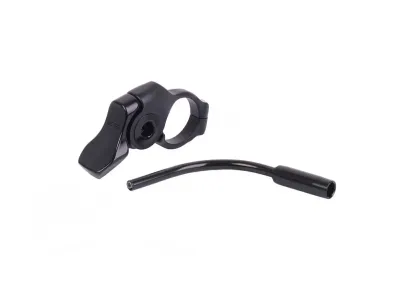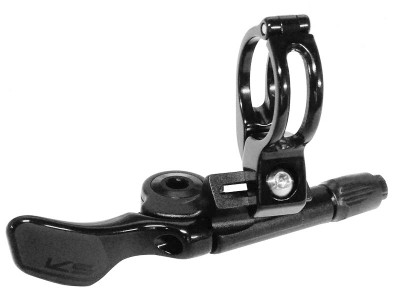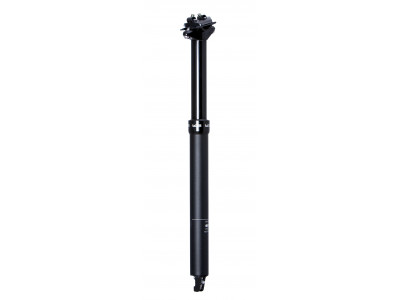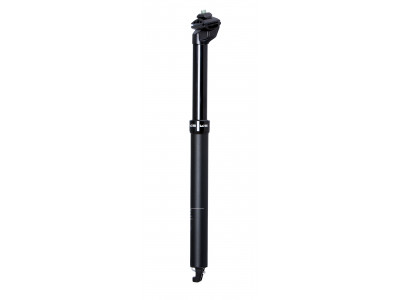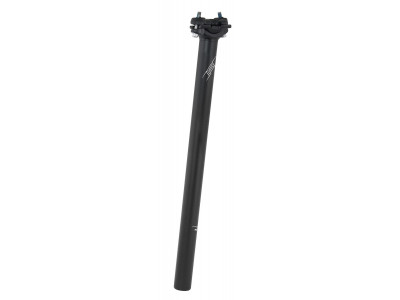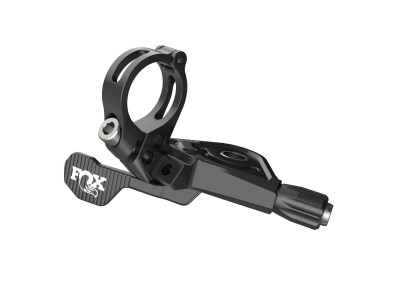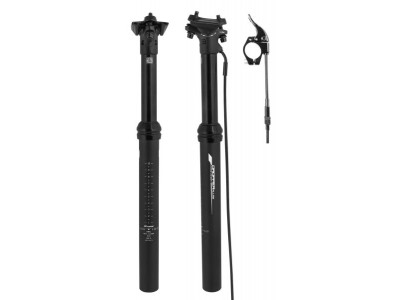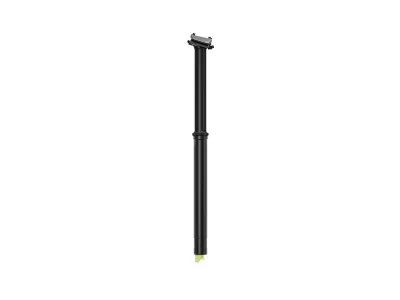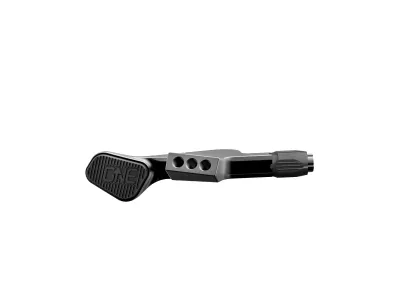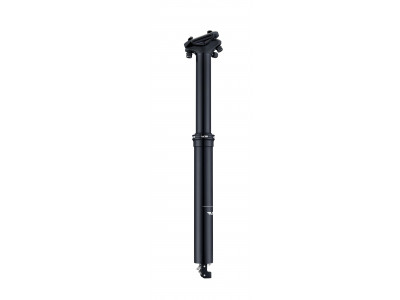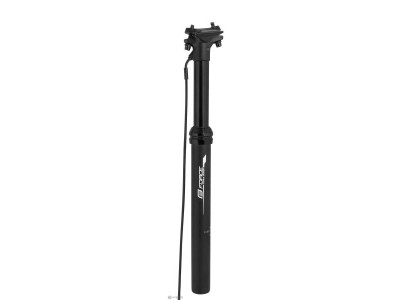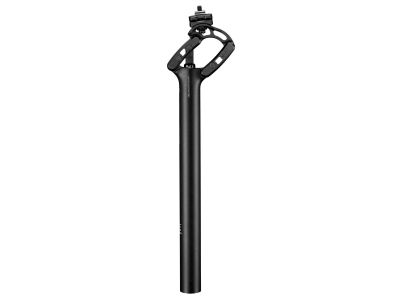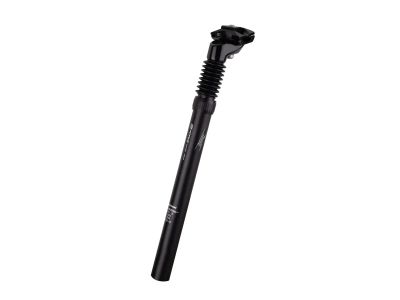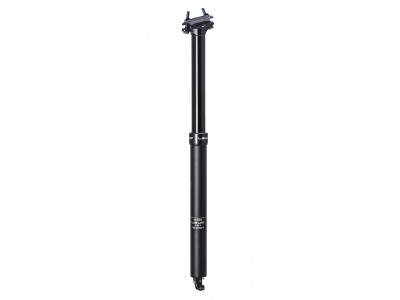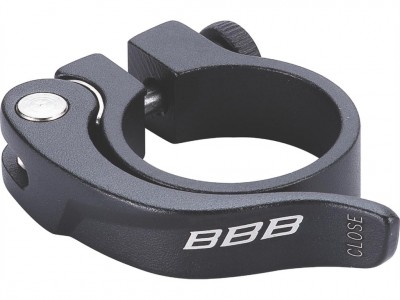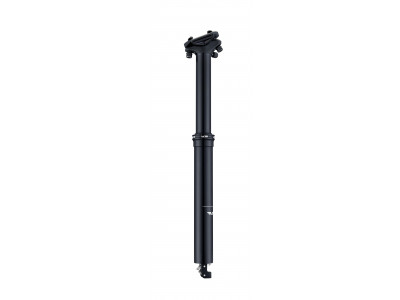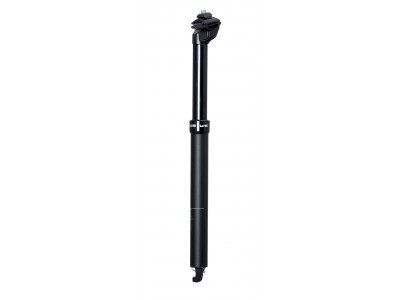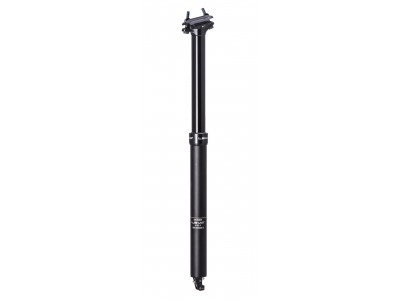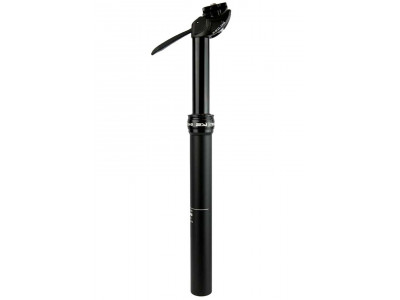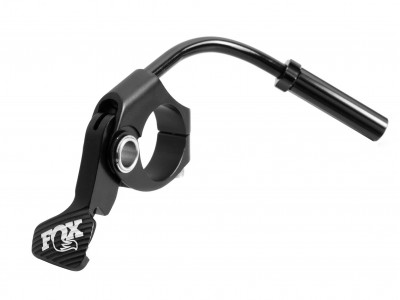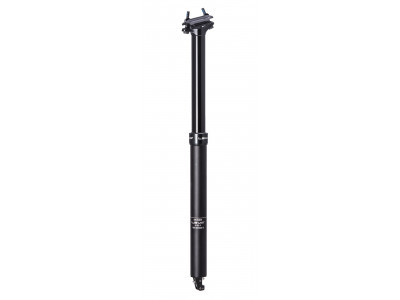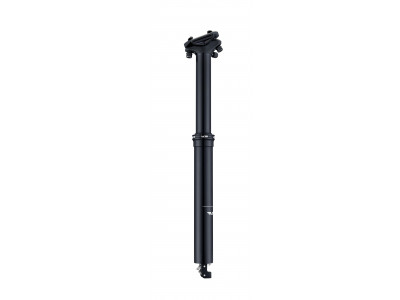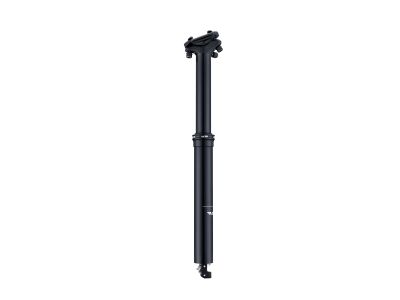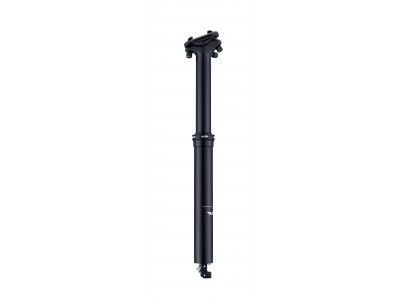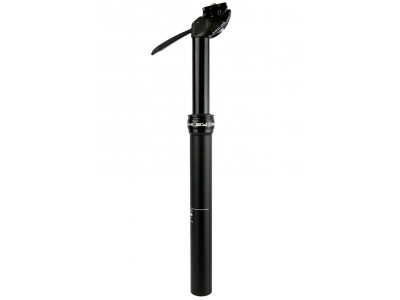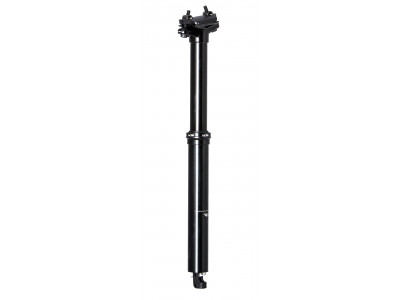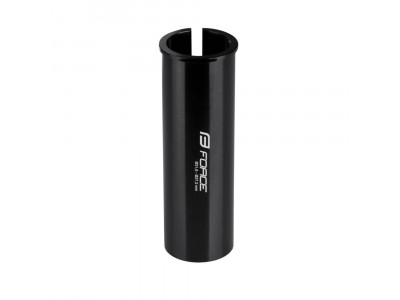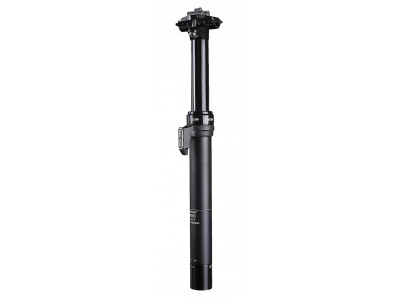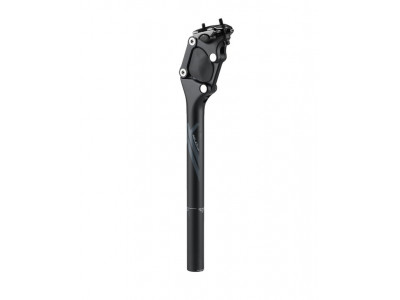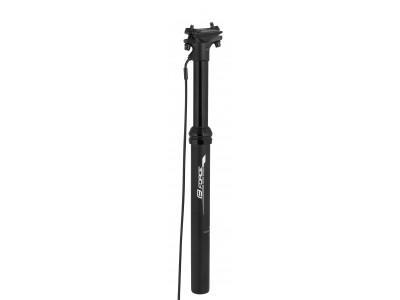Choosing the right bicycle seatpost is important for comfort, efficiency, and the overall riding experience. Here are some factors to consider when choosing a seatpost:
- Seatpost type:
- Fixed seatpost: This is the most basic and common type of seatpost. It has a solid shaft without any offset or suspension, providing a simple and maintenance-free design.
- Suspension seatpost: Suspension seatposts have a built-in suspension mechanism that absorbs shocks and vibrations and provides a smoother ride, especially on uneven terrain. They are popular among mountain bikers and riders looking for more comfort.
- Telescopic seatpost: Telescopic seatposts are commonly used in mountain biking. They allow the rider to lower or raise the height of the saddle with the push of a lever, which provides more manoeuvrability and control, especially when descending steep terrain.
- Diameter: Make sure the diameter of the seatpost matches the inside diameter of the seat tube of your bike frame. Common diameters are 27.2 mm, 30.9 mm and 31.6 mm. You can find the right size according to the specifications of your bike or by measuring the seat tube.
- Length: Choose the length of the seatpost, which allows you to adjust the height of the seat correctly. Some seatposts come in different lengths, and you can often shorten them to the desired length.
- Material:
- Aluminium: Commonly used for its balance between strength and affordability.
- Carbon fibre: It is light and known for its vibration dampening properties. Carbon seatposts are usually more expensive.
- Steel: It is durable but heavier compared to aluminium and carbon fibre. Steel seatposts tend to be cheaper.
How to correctly measure the length of the seatpost?
If you need to measure the length of the seatpost, follow these steps:
- Remove the seatpost from the bike: If you already have a seatpost installed, mark its dip in the frame with tape, which is set according to your height and preferences. Then remove it from the bike.
- Measure the non-immersed part: Place the seatpost on a flat surface and measure the length of its non-immersed part. It is a part of the seatpost that extends beyond the seat tube when the seat is adjusted.
- Determine the minimum insertion requirement in the frame: Check the minimum insertion requirement for the seatpost in the frame marked on the seatpost or see the manufacturer's technical data. This value indicates the minimum part of the seat post that should be inserted into the seat tube to ensure safety and stability.
- Calculate the required length: Calculate the unimmersed length of the seatpost with the minimum length of insertion of the seatpost in the frame, which is given by the manufacturer. This value will determine the minimum length of seatpost you need.
Is the telescopic seatpost compatible with any type of bike?
Telescopic seatposts are becoming more and more popular in the cycling world thanks to the ability to quickly adjust the height of the seat while riding. Although they are commonly associated with mountain bikes, depending on certain factors, they can also be used on other types of bikes. The first thing to consider is whether your bike frame is “telescope” compatible. Most modern mountain bikes are designed with specific cable routing and internal bowden routing for seatposts. Not all frames are compatible, however. Road bikes and some older frames or frames other than mountain bikes may not have the necessary cable routing or free space for the cable of the telescopic seatpost.
How to set the correct saddle height?
Here's a shorter guide to adjusting your bike's seat height:
- Start by adjusting the saddle at approximately hip height.
- Make sure your leg is fully extended with a slight bend in the knee when the pedal is in its lowest position.
- Adjust the height of the seat as needed to extend the leg properly.
- Adjust the height and angle of the seat to achieve comfort.
- Test ride and, if necessary, make other adjustments
What is bikefitting?
Bikefitting is the process of adapting a bike to specific body dimensions and riding style. The goal of bike setup is to optimize comfort and efficiency by achieving the best possible alignment between the rider's body and the bike. This can include adjusting bike components such as seat height, handlebar position, as well as factoring in factors such as reach and frame size. Bike tuning is often done by professionals who use a variety of tools and techniques to ensure the bike is tailored to the rider's needs.
When choosing a seat post, consider your riding style, type of bike and personal preferences. It is important to ensure compatibility with the frame and seat of your bike.
